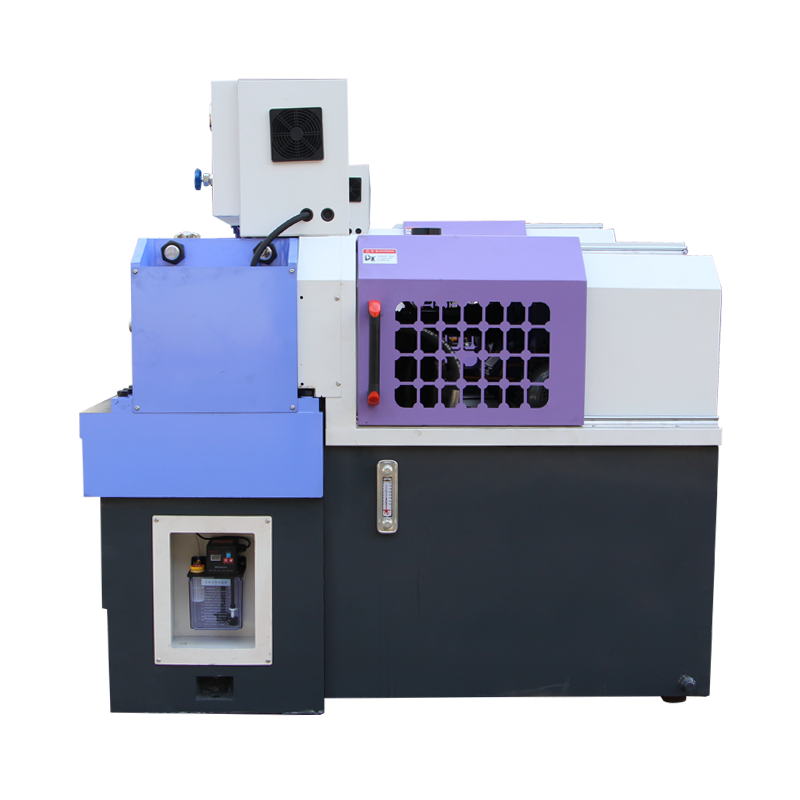
-
 Afrikaans
Afrikaans -
 Albanian
Albanian -
 Amharic
Amharic -
 Arabic
Arabic -
 Armenian
Armenian -
 Azerbaijani
Azerbaijani -
 Basque
Basque -
 Belarusian
Belarusian -
 Bengali
Bengali -
 Bosnian
Bosnian -
 Bulgarian
Bulgarian -
 Catalan
Catalan -
 Cebuano
Cebuano -
 Corsican
Corsican -
 Croatian
Croatian -
 Czech
Czech -
 Danish
Danish -
 Dutch
Dutch -
 English
English -
 Esperanto
Esperanto -
 Estonian
Estonian -
 Finnish
Finnish -
 French
French -
 Frisian
Frisian -
 Galician
Galician -
 Georgian
Georgian -
 German
German -
 Greek
Greek -
 Gujarati
Gujarati -
 Haitian Creole
Haitian Creole -
 hausa
hausa -
 hawaiian
hawaiian -
 Hebrew
Hebrew -
 Hindi
Hindi -
 Miao
Miao -
 Hungarian
Hungarian -
 Icelandic
Icelandic -
 igbo
igbo -
 Indonesian
Indonesian -
 irish
irish -
 Italian
Italian -
 Japanese
Japanese -
 Javanese
Javanese -
 Kannada
Kannada -
 kazakh
kazakh -
 Khmer
Khmer -
 Rwandese
Rwandese -
 Korean
Korean -
 Kurdish
Kurdish -
 Kyrgyz
Kyrgyz -
 Lao
Lao -
 Latin
Latin -
 Latvian
Latvian -
 Lithuanian
Lithuanian -
 Luxembourgish
Luxembourgish -
 Macedonian
Macedonian -
 Malgashi
Malgashi -
 Malay
Malay -
 Malayalam
Malayalam -
 Maltese
Maltese -
 Maori
Maori -
 Marathi
Marathi -
 Mongolian
Mongolian -
 Myanmar
Myanmar -
 Nepali
Nepali -
 Norwegian
Norwegian -
 Norwegian
Norwegian -
 Occitan
Occitan -
 Pashto
Pashto -
 Persian
Persian -
 Polish
Polish -
 Portuguese
Portuguese -
 Punjabi
Punjabi -
 Romanian
Romanian -
 Russian
Russian -
 Samoan
Samoan -
 Scottish Gaelic
Scottish Gaelic -
 Serbian
Serbian -
 Sesotho
Sesotho -
 Shona
Shona -
 Sindhi
Sindhi -
 Sinhala
Sinhala -
 Slovak
Slovak -
 Slovenian
Slovenian -
 Somali
Somali -
 Spanish
Spanish -
 Sundanese
Sundanese -
 Swahili
Swahili -
 Swedish
Swedish -
 Tagalog
Tagalog -
 Tajik
Tajik -
 Tamil
Tamil -
 Tatar
Tatar -
 Telugu
Telugu -
 Thai
Thai -
 Turkish
Turkish -
 Turkmen
Turkmen -
 Ukrainian
Ukrainian -
 Urdu
Urdu -
 Uighur
Uighur -
 Uzbek
Uzbek -
 Vietnamese
Vietnamese -
 Welsh
Welsh -
 Bantu
Bantu -
 Yiddish
Yiddish -
 Yoruba
Yoruba -
 Zulu
Zulu
A Comprehensive Overview of Various Thread Rolling Machine Manufacturers and Their Offerings
Types of Thread Rolling Machines An Overview
Thread rolling machines have become indispensable tools in manufacturing processes across various industries, primarily due to their efficiency, precision, and ability to produce high-quality threads. This article will delve into the different types of thread rolling machines available in the market, exploring their unique features, advantages, and suitable applications.
1. Flat Die Thread Rolling Machines
Flat die thread rolling machines are among the most common types found in manufacturing facilities. These machines utilize flat dies that are positioned parallel to each other, with the workpiece fed between them. The process involves rolling the workpiece against the flat surfaces of the dies, which can form internal or external threads. This type of machine is suitable for applications involving short production runs and is highly valued for its simplicity and compact design.
Advantages of flat die machines include their cost-effectiveness and ease of operation. They are particularly ideal for smaller components and can be easily integrated into existing production lines. However, they may not be suitable for larger or more complex components that require finer thread profiles.
2. Circular Die Thread Rolling Machines
Circular die thread rolling machines utilize circular dies to create threads on cylindrical workpieces. These machines can produce threads with exceptional accuracy and consistency, making them a popular choice for manufacturers who require high-quality threaded components. The workpiece is rotated between the circular dies, which apply pressure to form the threads.
One of the key advantages of circular die machines is their ability to handle high-volume production runs without sacrificing quality. They are often used in the automotive, aerospace, and fastener industries, where precision and reliability are paramount. Additionally, these machines can accommodate various thread profiles, allowing for versatility in manufacturing processes.
types of thread rolling machine company

3. Multi-Station Thread Rolling Machines
Multi-station thread rolling machines provide a more advanced solution, allowing manufacturers to create multiple threads simultaneously. This type of machine can incorporate several sets of dies, working in tandem to produce various thread sizes and styles on different workpieces.
The primary advantage of multi-station machines lies in their efficiency. By performing multiple operations concurrently, these machines significantly reduce production time and increase output. They are particularly beneficial for large-scale manufacturing operations, where speed and productivity are critical factors. However, the complexity of these machines means they may require skilled operators and more significant initial investment.
4. Hydraulic and Pneumatic Thread Rolling Machines
Hydraulic and pneumatic thread rolling machines operate using hydraulic or pneumatic power to facilitate the rolling process. Both types can handle a wide range of materials, including brittle and hard metals, making them suitable for various applications.
Hydraulic machines are often favored for their forcefulness and ability to apply consistent pressure, while pneumatic machines are recognized for their speed and less complex maintenance. Industries such as construction, engineering, and heavy machinery often benefit from these machines due to their robustness and adaptability.
Conclusion
In summary, the selection of the appropriate thread rolling machine is crucial for manufacturers looking to optimize their production processes. Each type of machine—be it flat die, circular die, multi-station, or hydraulic and pneumatic—comes with its unique set of features and benefits tailored to specific manufacturing needs. As technology continues to advance, the thread rolling machine market is likely to see further enhancements, offering even greater efficiency and precision for modern manufacturing challenges. By understanding the different types available, companies can make informed decisions to enhance their production capabilities and maintain a competitive edge in the industry.
